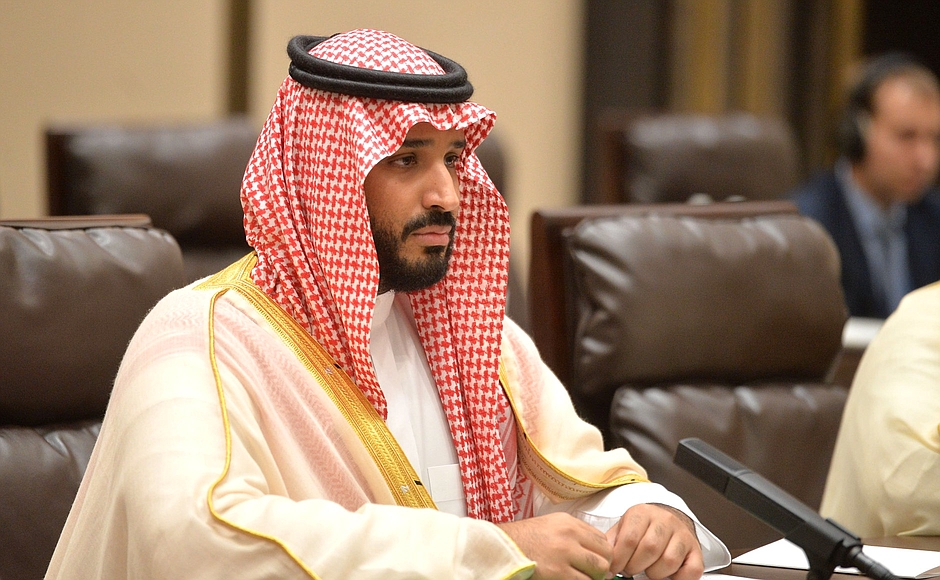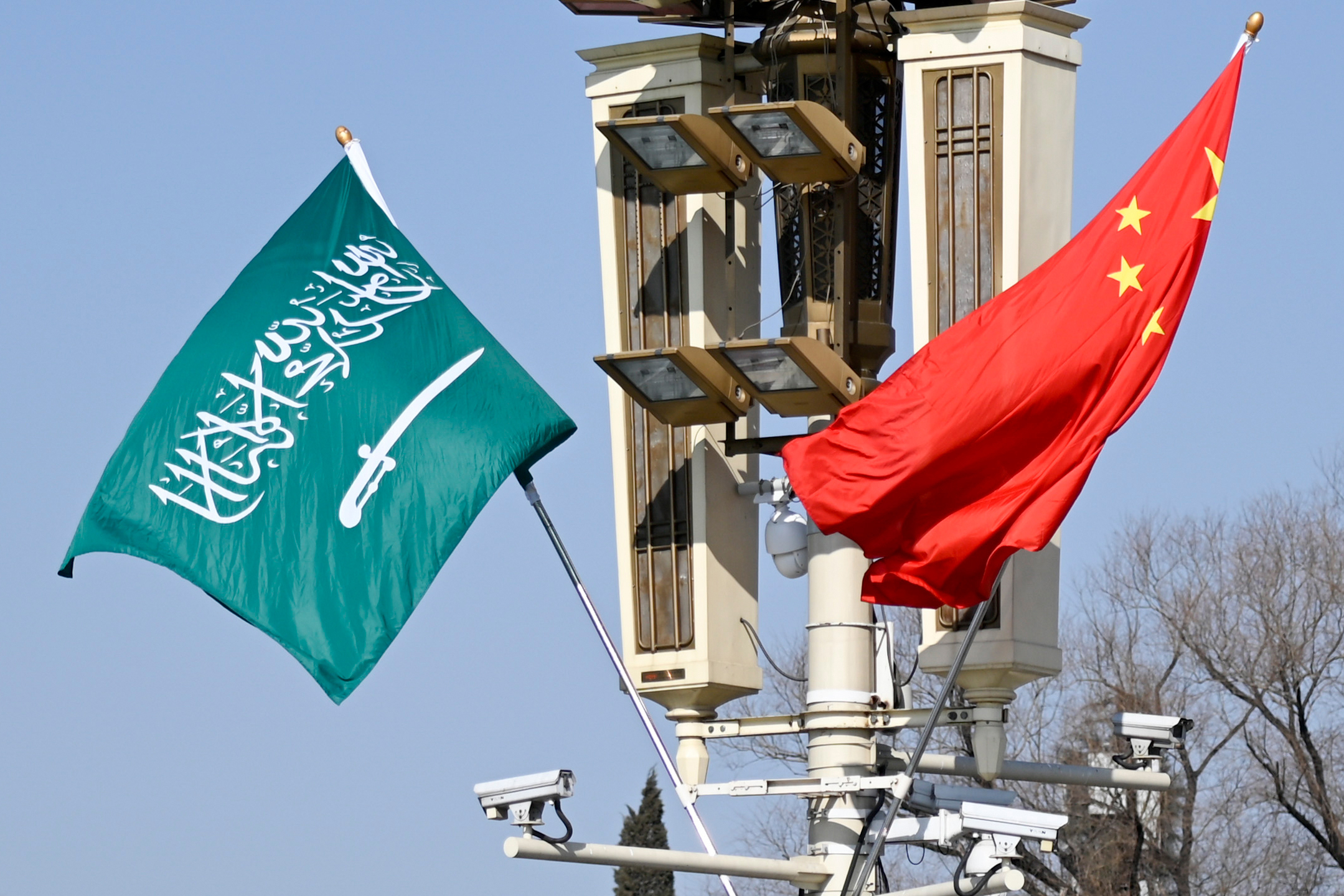(464) WAR 03-20-2021-to-03-26-2021___****THE****WINDS****of****WAR****
WAR - 03-20-2021-to-03-26-2021___****THE****WINDS****of****WAR****
(465) 03-27-2021-to-04-02-2021___****THE****WINDS****of****WAR****
WAR - 03-27-2021-to-04-02-2021___****THE****WINDS****of****WAR****
(467) 04-03-2021-to-04-09-2021___****THE****WINDS****of****WAR****
--------------------------------
Well if even half of this is accurate this is definitely not good......
Posted for fair use.....
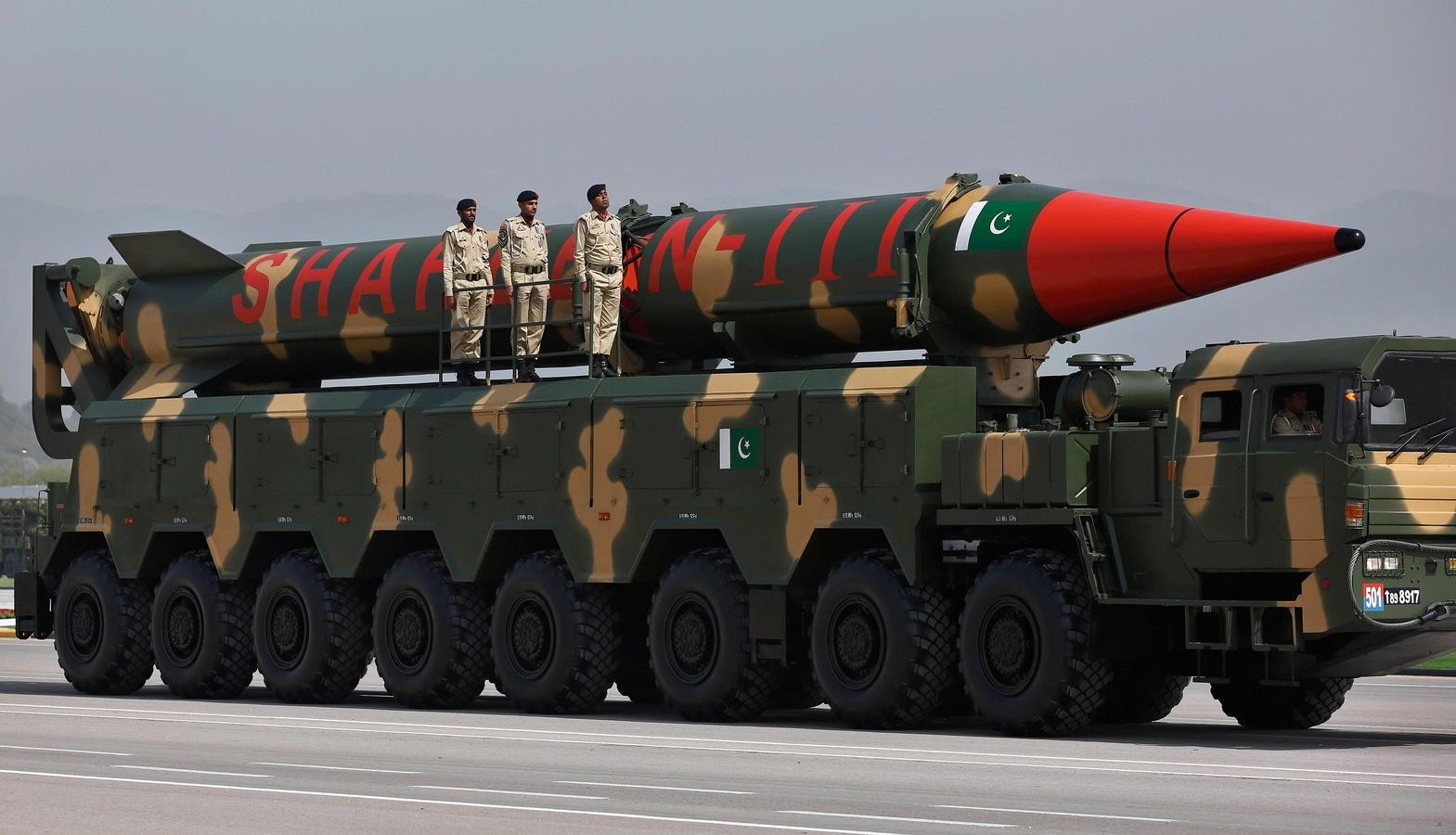
 www.hindustantimes.com
www.hindustantimes.com
 A Pakistani-made Shaheen-III missile, that is capable of carrying nuclear warheads, is carried on a trailer during a military parade in connection with Pakistan National Day celebrations, in Islamabad, Pakistan. (AP)
A Pakistani-made Shaheen-III missile, that is capable of carrying nuclear warheads, is carried on a trailer during a military parade in connection with Pakistan National Day celebrations, in Islamabad, Pakistan. (AP)
WORLD NEWS
Pak aiding Turkey's nuclear ambitions and assert control over Kabul: Report
Pakistan's General Nadeem Raza and Turkey's General Yasar Guler met and discussed collaborations on several military projects and existing geopolitical issues last month.
ANI | | Posted by Shankhyaneel Sarkar
PUBLISHED ON APR 09, 2021 03:30 PM IST
Pakistan is helping Turkey to develop nuclear weapons and control Afghanistan by expanding Recep Tyyip Erdogan's Caliphate expedition to the country.
As per an article by Paul Antonopoulos in Greek City Times, Pakistan's Chairman of Joint Chiefs of Staff Committee (CJCSC), General Nadeem Raza, visited Turkey from March 27th to April 2nd.
Turkey's Chief of General Staff, General Yasar Guler, hosted Raza at the Turkish General Staff Headquarters on March 30th, where both sides discussed collaborations on several military projects and existing geopolitical issues.
Guler also conferred Turkey's top military award 'Legion of Merit' to Raza for his "services for promotion of Pakistan-Turkey defence ties" during the meet.
Antonopoulos said that the biggest agenda of the visit was furthering the mutual interests of Turkey and Pakistan in Afghanistan.
Pakistan also wants Turkish forces to replace NATO and American forces as withdrawal of forces is expected amidst the ongoing Afghan Peace Process and Intra Afghan Negotiations, reported Greek City Times.
MORE FROM THIS SECTION
Moreover, General Raza also met Turkish Defence Minister Hulusi Akar for discussions on content and form of deployment of Turkish armed forces in Afghanistan and assured him of every possible help on Pakistan's behalf.
Both of them also brainstormed on efficiently using terror organisations like Al-Qaeda, Islamic State, and HQN for creating a more conducive environment in Afghanistan for Turkey, reported Antonopoulos.
Defence experts have expressed their apprehensions on Turkey deploying Islamic State terrorists fleeing from Syria to Afghanistan.
This could also lead to the emergence of a new pattern wherein terrorists from Pakistani outfits as well as those from the Islamic State could operate together.
Besides assisting Turkey in its ambitious Afghanistan plan, another motive behind the visit was to fast-track the inclusion of Turkey as a part of the China-Pakistan Economic Corridor (CPEC) and accelerate building an alliance between the three.
Greek City Times also reported that Pakistan is coordinating with Turkey and China for collaboration on developing a fifth-generation fighter aircraft.
The idea is to bring the expertise and capabilities of the three countries together for mutually developing aerial vehicles and fighter jets.
Pakistani Army sees a massive potential in convergence of Turkish expertise on drones and Chinese expertise on fighter jets to boost the air power of the three countries.
The emergence of a China-Pakistan-Turkey nexus on nuclear proliferation and Pakistan coordinating on capacity building of the three countries have already been flagged by watchdogs and media.
Erdogan has already expressed his desperation on developing the 'Caliphate atom bomb' to fulfil his neo-Ottoman aspirations, and China and Pakistan have been facing charges of illegal sale of missiles and creating a clandestine proliferation market, reported Greek City Times.
WAR - 03-20-2021-to-03-26-2021___****THE****WINDS****of****WAR****
(465) 03-27-2021-to-04-02-2021___****THE****WINDS****of****WAR****
WAR - 03-27-2021-to-04-02-2021___****THE****WINDS****of****WAR****
(467) 04-03-2021-to-04-09-2021___****THE****WINDS****of****WAR****
--------------------------------
Well if even half of this is accurate this is definitely not good......
Posted for fair use.....

Pak aiding Turkey's nuclear ambitions and assert control over Kabul: Report
Pakistan's General Nadeem Raza and Turkey's General Yasar Guler met and discussed collaborations on several military projects and existing geopolitical issues last month.

WORLD NEWS
Pak aiding Turkey's nuclear ambitions and assert control over Kabul: Report
Pakistan's General Nadeem Raza and Turkey's General Yasar Guler met and discussed collaborations on several military projects and existing geopolitical issues last month.
ANI | | Posted by Shankhyaneel Sarkar
PUBLISHED ON APR 09, 2021 03:30 PM IST
Pakistan is helping Turkey to develop nuclear weapons and control Afghanistan by expanding Recep Tyyip Erdogan's Caliphate expedition to the country.
As per an article by Paul Antonopoulos in Greek City Times, Pakistan's Chairman of Joint Chiefs of Staff Committee (CJCSC), General Nadeem Raza, visited Turkey from March 27th to April 2nd.
Turkey's Chief of General Staff, General Yasar Guler, hosted Raza at the Turkish General Staff Headquarters on March 30th, where both sides discussed collaborations on several military projects and existing geopolitical issues.
Guler also conferred Turkey's top military award 'Legion of Merit' to Raza for his "services for promotion of Pakistan-Turkey defence ties" during the meet.
Antonopoulos said that the biggest agenda of the visit was furthering the mutual interests of Turkey and Pakistan in Afghanistan.
Pakistan also wants Turkish forces to replace NATO and American forces as withdrawal of forces is expected amidst the ongoing Afghan Peace Process and Intra Afghan Negotiations, reported Greek City Times.
MORE FROM THIS SECTION
-
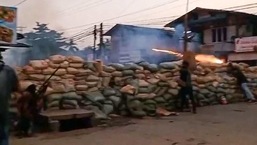
Myanmar security forces kill 82 in single day in Bago city -

3 children found fatally stabbed in Los Angeles apartment -
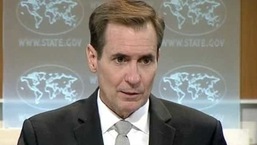
United States defends navy ship entering Indian EEZ -

Iran starts up advanced centrifuges in nuclear deal breach
Moreover, General Raza also met Turkish Defence Minister Hulusi Akar for discussions on content and form of deployment of Turkish armed forces in Afghanistan and assured him of every possible help on Pakistan's behalf.
Both of them also brainstormed on efficiently using terror organisations like Al-Qaeda, Islamic State, and HQN for creating a more conducive environment in Afghanistan for Turkey, reported Antonopoulos.
Defence experts have expressed their apprehensions on Turkey deploying Islamic State terrorists fleeing from Syria to Afghanistan.
This could also lead to the emergence of a new pattern wherein terrorists from Pakistani outfits as well as those from the Islamic State could operate together.
Besides assisting Turkey in its ambitious Afghanistan plan, another motive behind the visit was to fast-track the inclusion of Turkey as a part of the China-Pakistan Economic Corridor (CPEC) and accelerate building an alliance between the three.
Greek City Times also reported that Pakistan is coordinating with Turkey and China for collaboration on developing a fifth-generation fighter aircraft.
The idea is to bring the expertise and capabilities of the three countries together for mutually developing aerial vehicles and fighter jets.
Pakistani Army sees a massive potential in convergence of Turkish expertise on drones and Chinese expertise on fighter jets to boost the air power of the three countries.
The emergence of a China-Pakistan-Turkey nexus on nuclear proliferation and Pakistan coordinating on capacity building of the three countries have already been flagged by watchdogs and media.
Erdogan has already expressed his desperation on developing the 'Caliphate atom bomb' to fulfil his neo-Ottoman aspirations, and China and Pakistan have been facing charges of illegal sale of missiles and creating a clandestine proliferation market, reported Greek City Times.

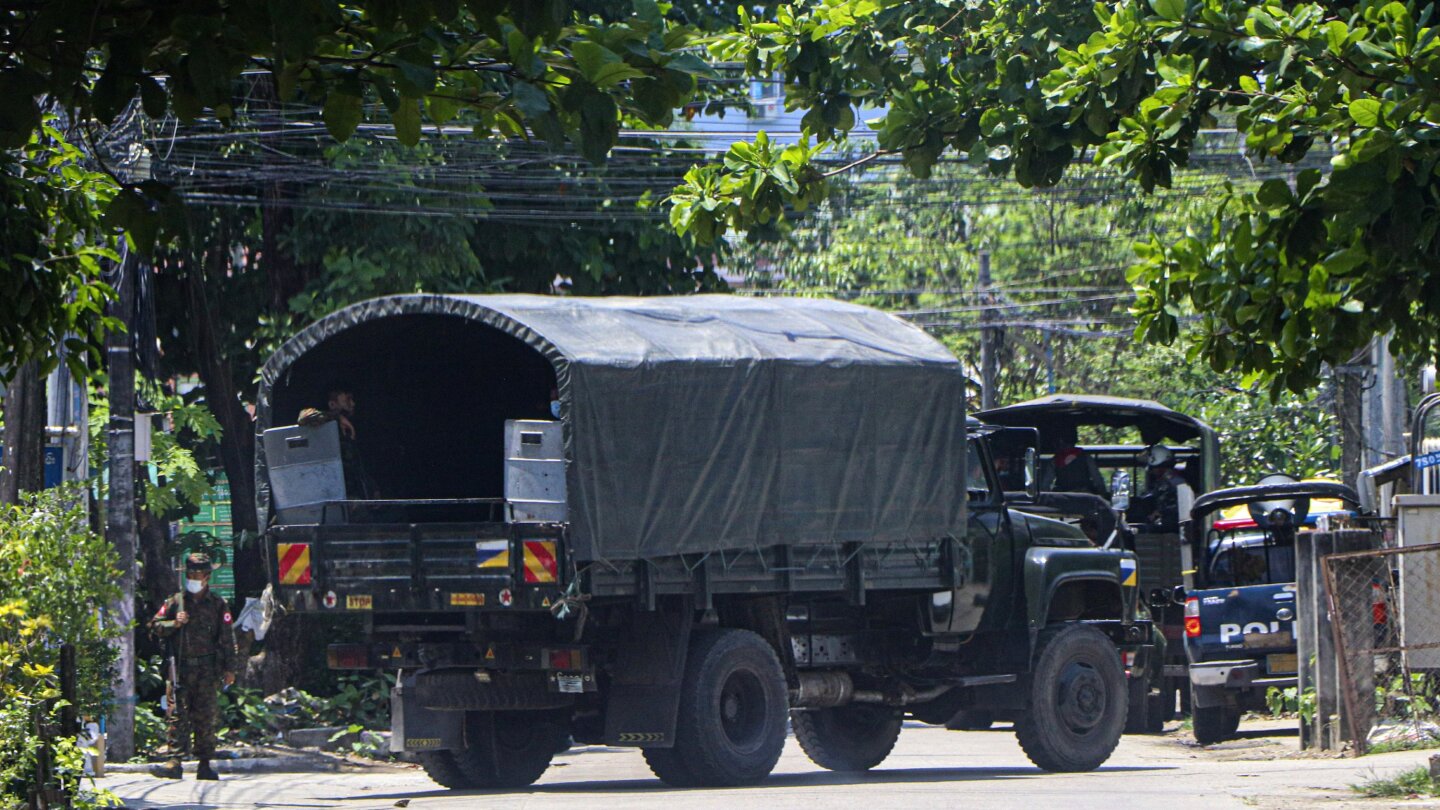





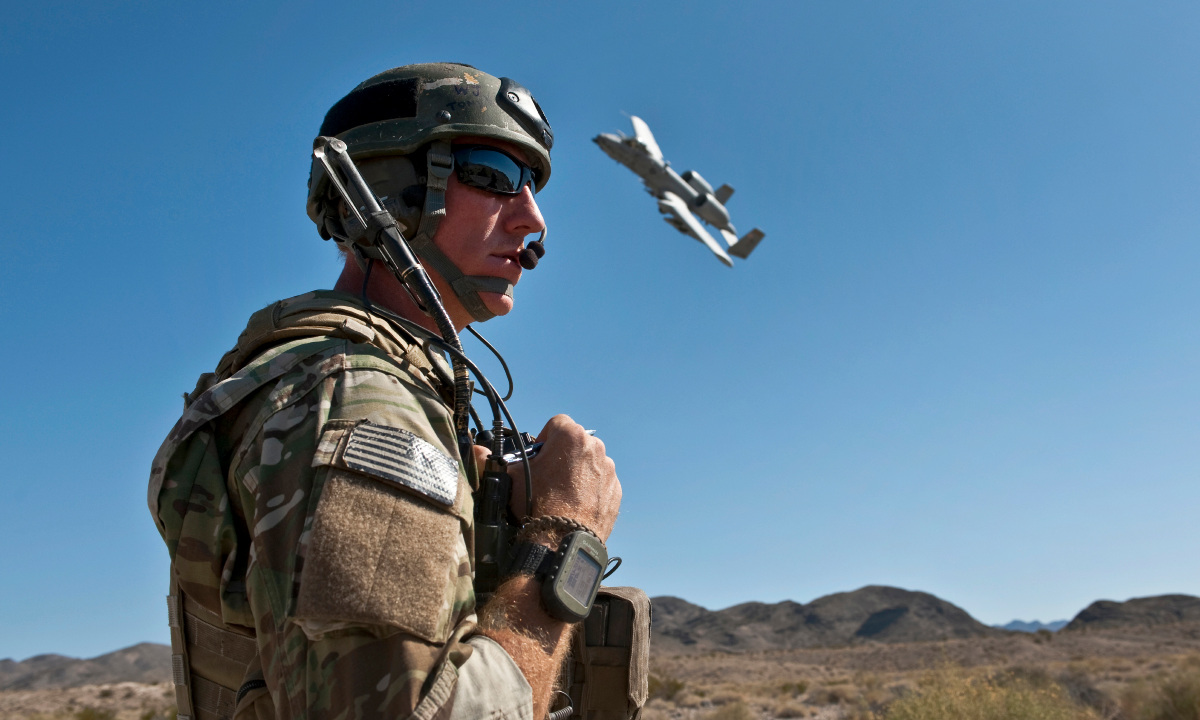


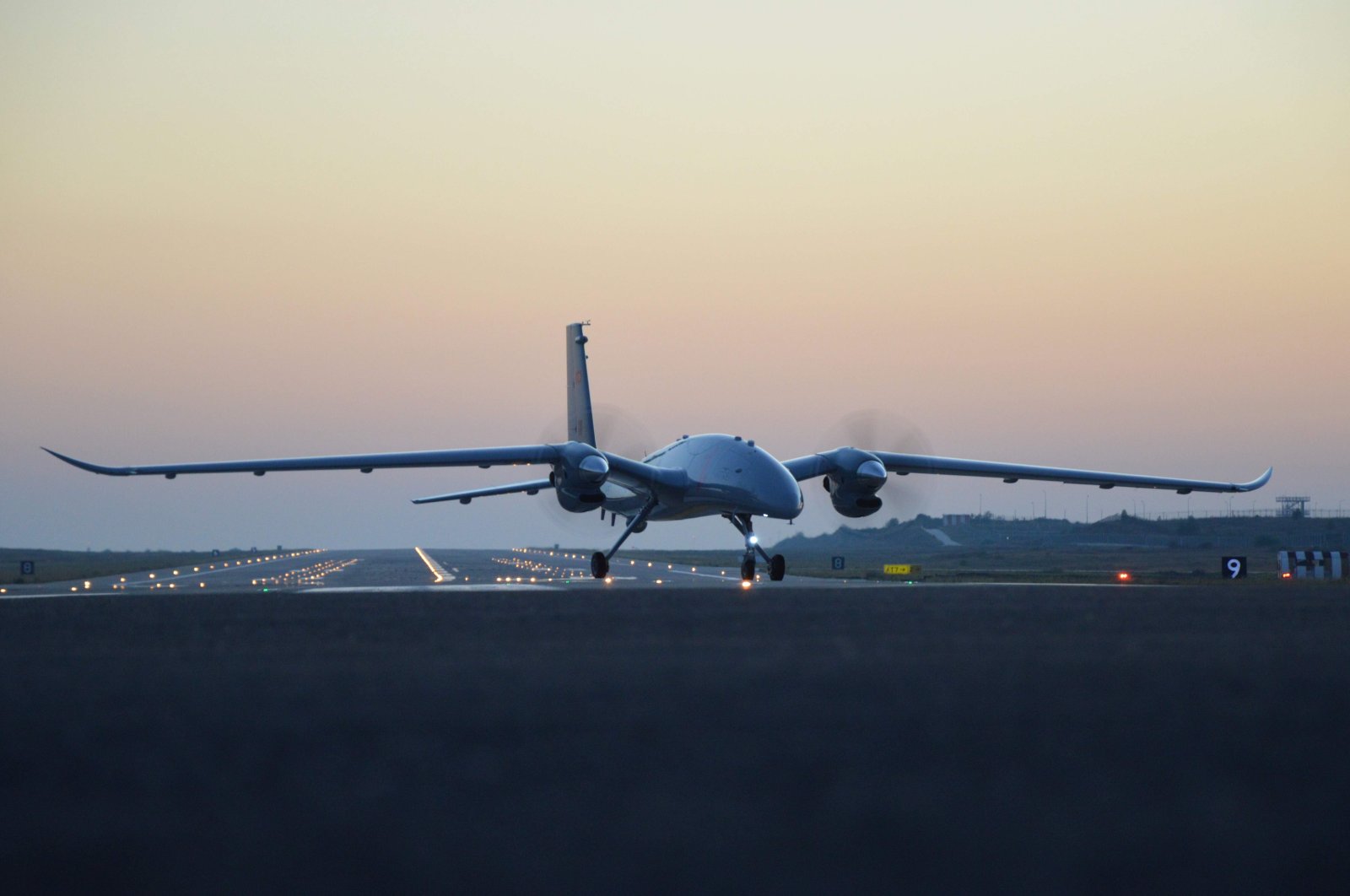

:quality(70)/cloudfront-us-east-1.images.arcpublishing.com/archetype/2GYHDGKMBBHJNANVFOX3J5RAXI.jpg)
/arc-anglerfish-arc2-prod-mco.s3.amazonaws.com/public/AYC3FSJGXNGX3FVUZ5ZYPNJCLE.jpg)
/cloudfront-us-east-2.images.arcpublishing.com/reuters/AKGJK4UBPNOFDCUUEO6YIEW2ZE.jpg)
/cloudfront-us-east-2.images.arcpublishing.com/reuters/GZOS5N2AG5NHZJ2MNNFB3BKZ2I.jpg)



